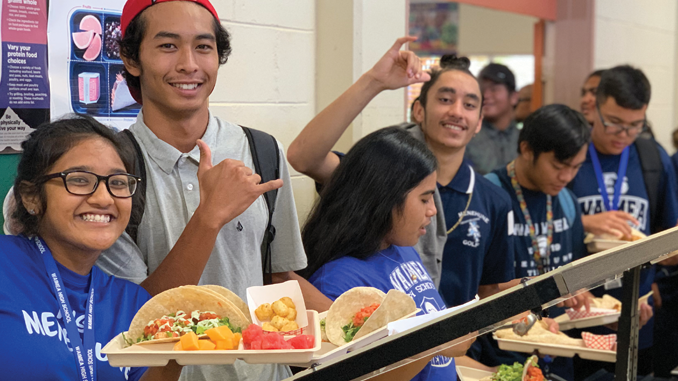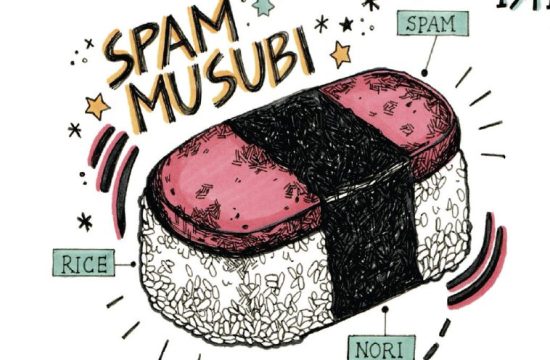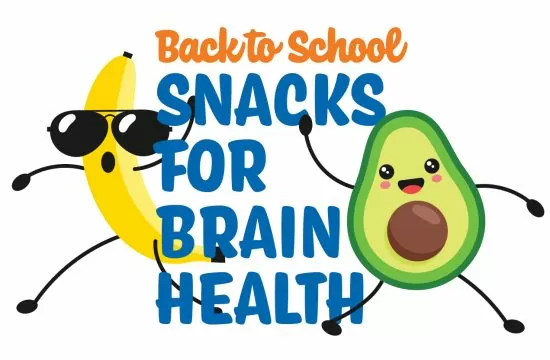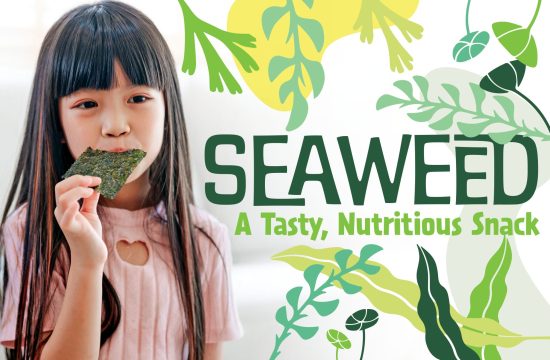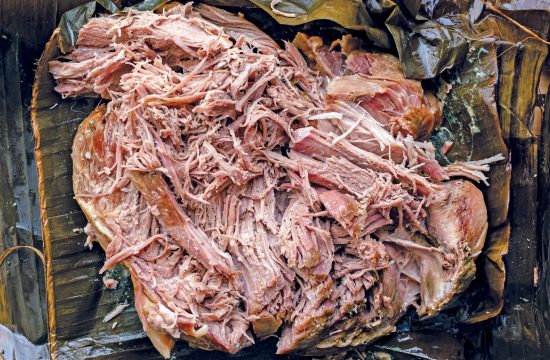There are so many reasons to eat food that is raised or grown near where you live.
It is fresher. It does not require preservatives. It helps our food security by supporting a robust local farming community. It avoids the expense and environmental impacts of long-distance shipping of food products. It helps keep people healthier.
That is the focus of the Hawai`i programs that started as Farm to School, and have grown into a broader Farm to State effort. Senator Ron Kouchi, who represents the islands of Kaua`i and Ni`ihau in the state senate, where he is also Senate President, has been an early and ardent supporter of the concept.
“Supporting locally-grown food protects our children as well as our larger population at the same time it grows our farming community and helps us build a more diversified economy. It also builds a more resilient, self-sufficient state,” Kouchi said.
There are three core elements of the Farm to School program: the procurement of locally-produced food for school meals, the development of school gardens, and teaching young people where it comes from.
As part of the Farm to School portion of the program, our students are not only fed fresh, locally-grown produce in their school meals, but they learn about how food is produced, and about nutrition and health. They also participate in growing it themselves, getting hands-on experience in gardens on school grounds.
The benefit for the people producing the food is clear. Not only farmers, but also fishers and ranchers get access to new markets.
For the larger community, it means that food will still be available during shipping disruptions, after natural disasters, and during trade disruptions in distant locations.
This is a national movement. As of last year, 46 states had launched Farm to School programs and tens of thousands of schools are involved. Hawai`i got into it in 2005, and the procurement of locally-sourced food is now an active part of the Hawai`i Department of Educationʻs food service program.
The U.S. Department of Agriculture is a big booster, and describes the program like this, “Bringing more locally sourced, fresh fruits and vegetables into school cafeterias is a seminal activity of many farm to school efforts; procuring locally sourced, minimally processed main meal items so that the entire school meal is representative of regional options is also a focus of many farm to school programs.”
And now in the Islands, it is moving well beyond just schools. As the program has grown it is also being brought to hospitals, prisons and other institutions. It is driving the recognition throughout our community about the value of local food.
The 2019 Legislature created a Farm to State coordinator position within the state Department of Agriculture.
It can be hard to keep track of all the “Farm-To” labels. Thereʻs Farm-to-School, Farm-to-State, Farm-to-Table. You could call it Farm-to-Family or even Farm-to-Everyone.
There is lots of action in the movement to support local agricultural production. One example: There are now farmers markets active in multiple locations across the state, where consumers can buy produce directly from the grower.
When the Hawai`i Health Systems Corporation announced this year that it is bringing the program to Hawai`i hospitals, Kaua`i Region CEO Lance Segawa said,
“The Farm to State program is the catalyst for creating a better Hawai`i on several fronts. For the Kaua`i hospitals, it’s about serving nutritious patient meals to foster the healing process. At the same time, we support local farmers which invigorates our local economy. Finally, we invest in our food service staff through our training efforts to teach them how to produce scratch meals using locally grown products.”.
You can read about Hawai`iʻs part in the movement online here:
http://www.farmtoschool.org/our-network/Hawaii

